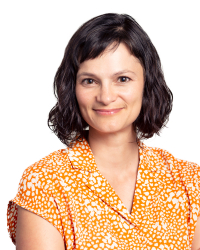
Biological function is governed by highly integrated networks that exhibit nonlinear dynamics at all biochemical/molecular, cellular, and organismal levels. Through computational modeling, we aim to identify design principles that underlie complex biological function, predict emergent cell population dynamics, and design the employment of extrinsic factors to optimize therapeutic interventions.
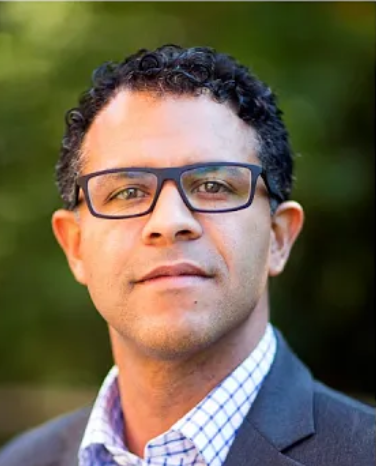
CSB Co-Director
The Carothers lab engineers biology to produce chemicals, materials and drugs in microbes and cell-free systems. Our work combines large-scale computational modeling, CRISPR-Cas network engineering, and RNA aptamer biosensor design.
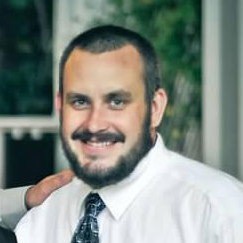
The Queitsch-Cuperus Lab uses high throughput assays and machine learning to better understand gene regulation in plants and yeast.
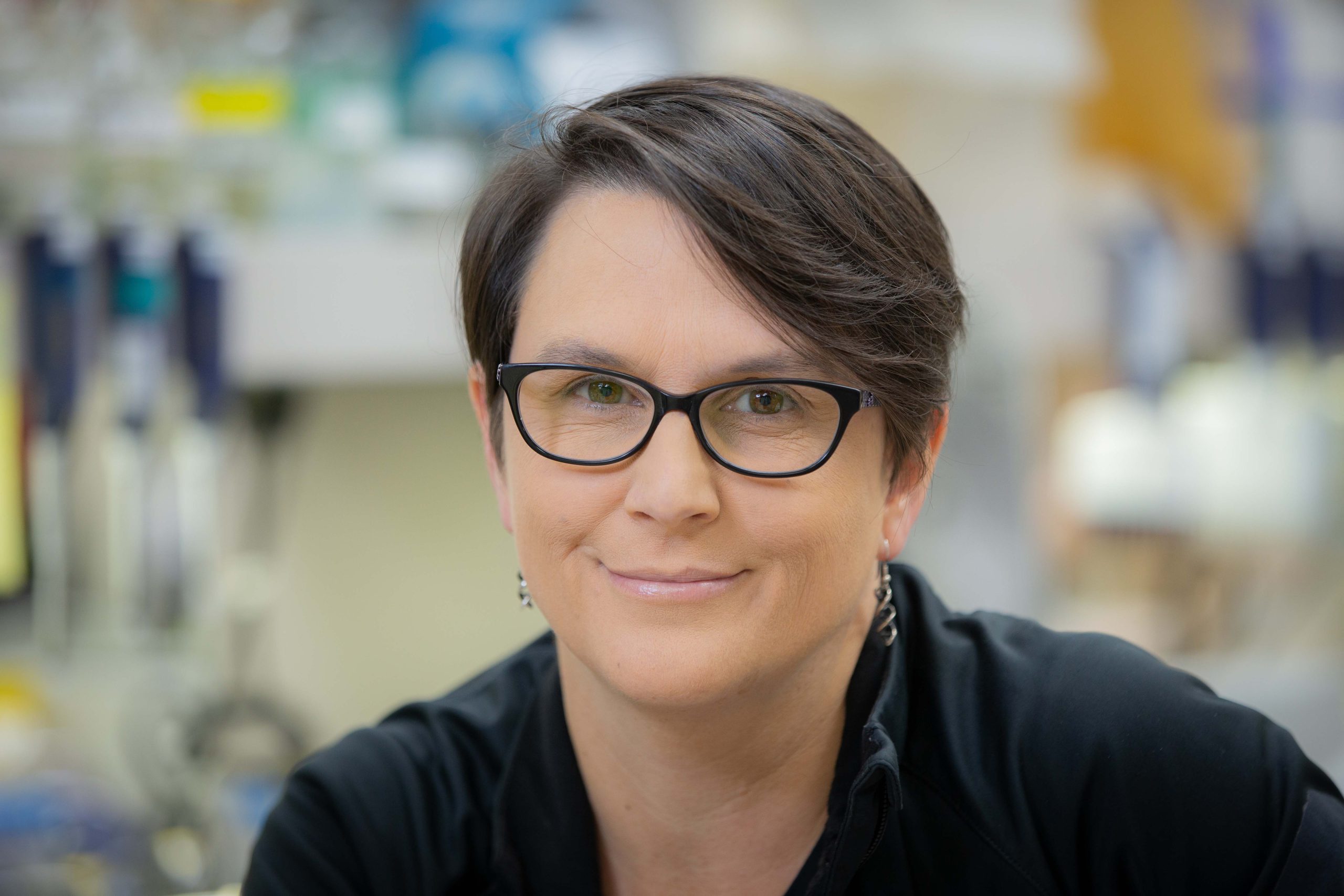
The Dudley lab explores how naturally occurring genetic variation leads to the stunning array of phenotypic diversity on the planet. We use synthetic biology to humanize yeast in order to assess the functional impact of human genetic variation and advance the diagnosis and treatment of rare diseases.
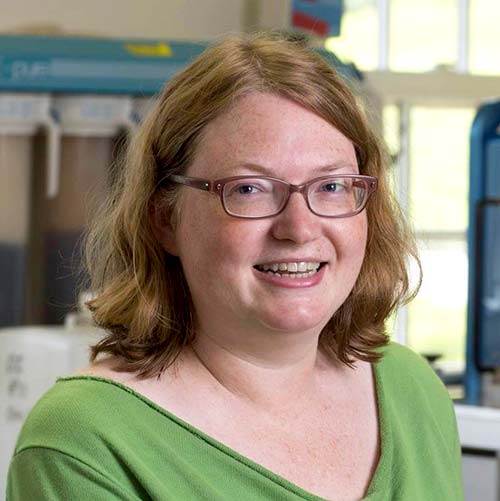
CSB Co-Director
The Dunham lab uses yeast as a model system to understand genome evolution, and uses evolution as a way to modulate yeast biology. We develop and use high throughput genomics methods to build and screen libraries of natural and synthetic genetic variation in both native yeast sequences and genes imported from other species, including humans.
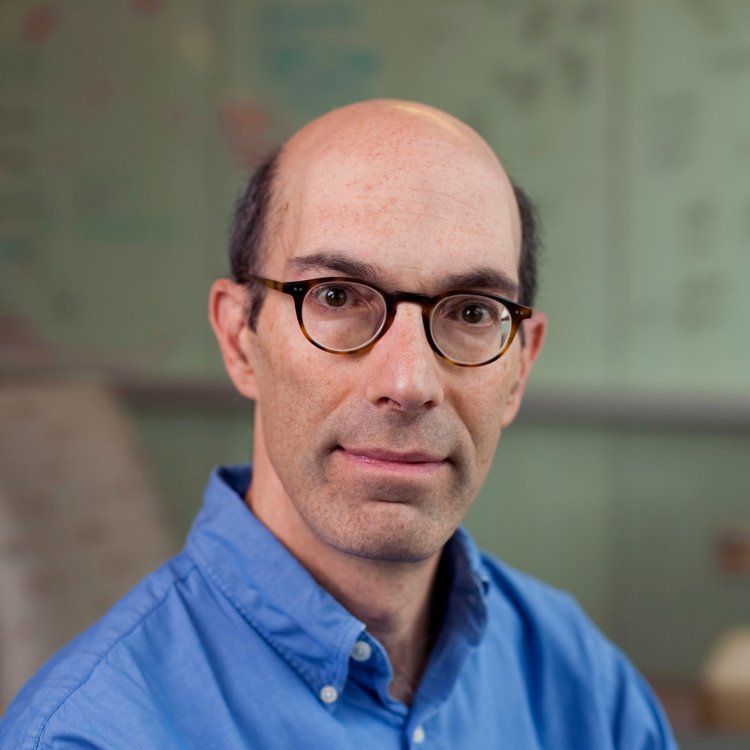
Research in the Fields lab centers on the development of methods to analyze protein, DNA and RNA. For example, we evaluate RNA stability and splicing using synthetic reporter genes, investigate protein variants using synthetic DNA barcodes, and identify regulatory elements that can be used to engineer transgenic plants.

The Fowler Lab develops tools to engineer genomes, to characterize the effects of genetic variants at scale and to interpret clinical genomes.
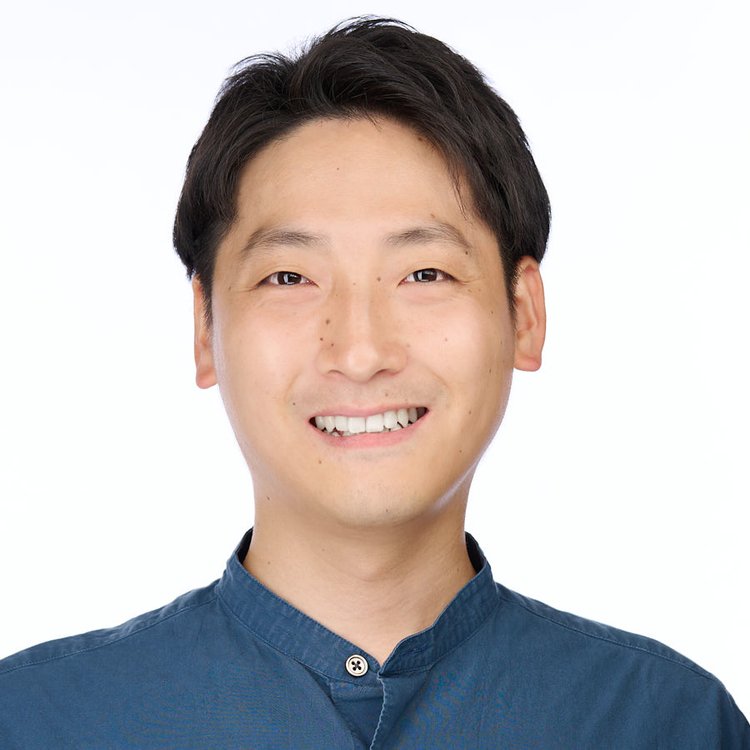
The Hamazaki Lab is utilizing mammalian stem cells as a platform for building structures, such as embryo-like structures and ovarian structure. We are also engineering genetic circuits to convert cells to another cell types. We want to create synthetic genetic circuits, synthetic cell states, synthetic structures in vitro.
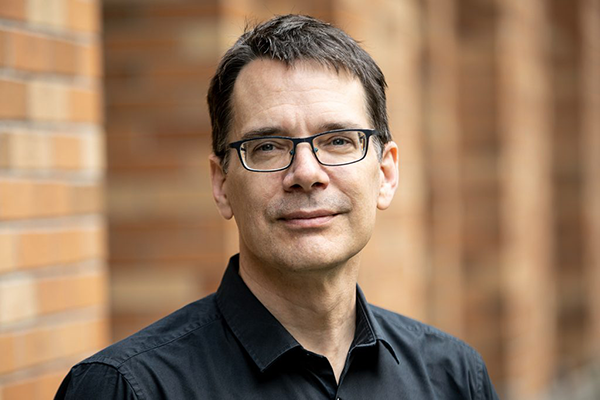
The Klavins lab develops synthetic living systems, re-engineered organisms and engineered parts for existing organisms. Our particular emphasis is on designing gene circuits and cell-cell communication systems that enable novel multicellular behaviors in bacteria or yeast.
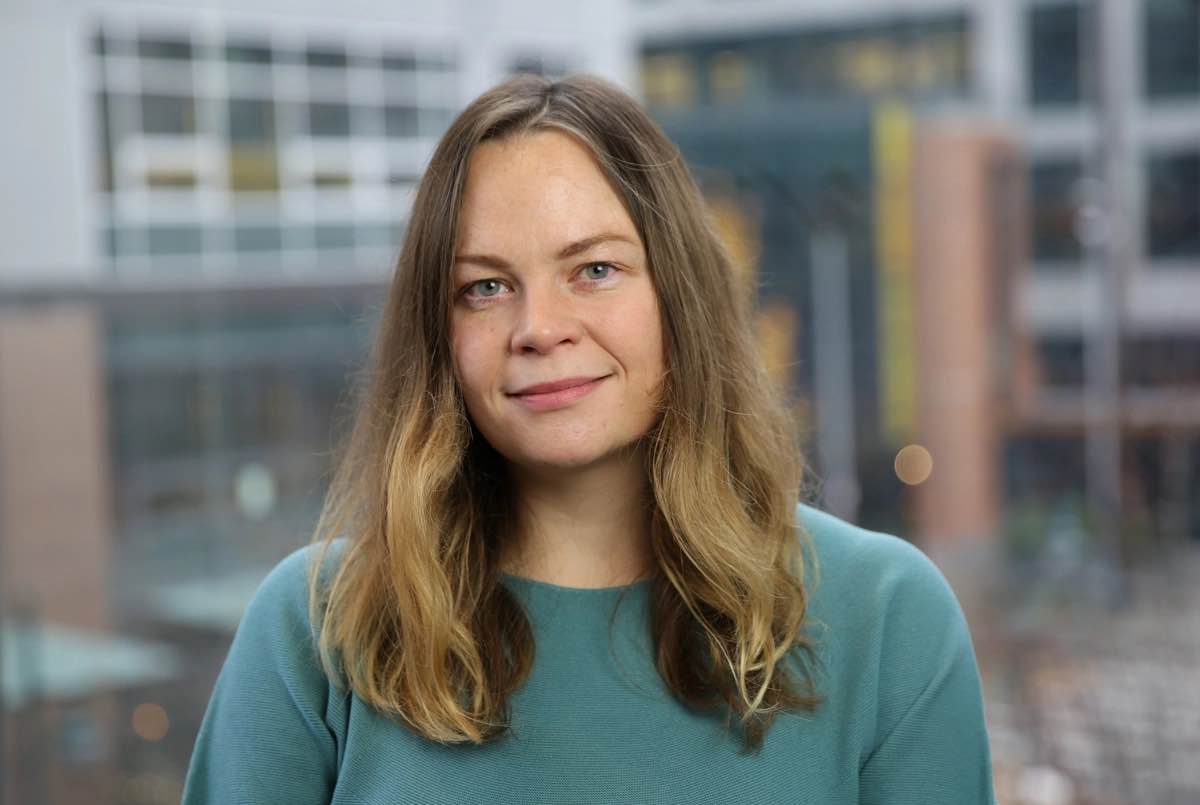
The Kuchina lab is developing and applying high-throughput single-cell technologies to identify and characterize diverse functional subpopulations of bacteria within complex microbial samples such as host-associated communities and structured biofilms.
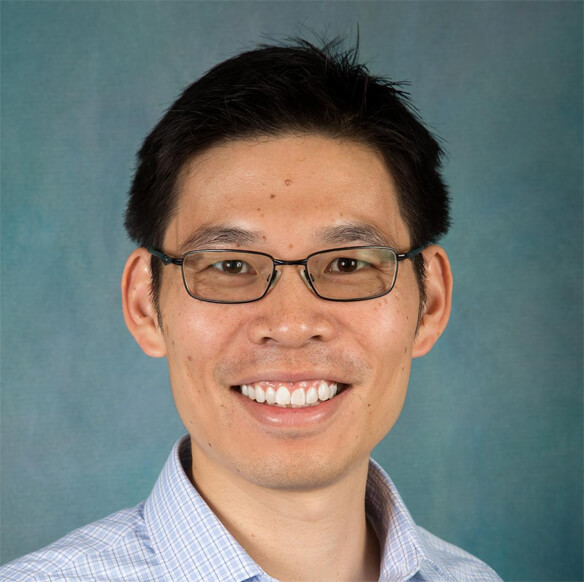
The Kueh lab seeks to understand the molecular circuitry controlling immune cell function, and engineer these circuits to enhance the efficacy of immune cell-based therapeutics.
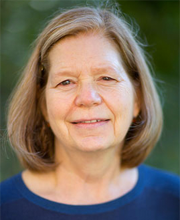
The Lidstrom lab engineers the bacteria that grow on methane (methanotrophs) for sustainable processes including removing methane from the atmosphere to slow global warming.
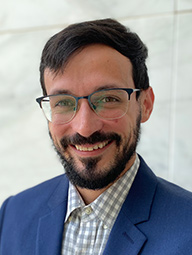
The Marchand Lab utilizes fundamental approaches in synthetic biology, chemical biology, biosynthesis, and biomolecular engineering for reprogramming life at the nucleic acid level. The goal is to extend the nucleotide building blocks available in living systems for biosynthesis, and to use newly expanded metabolism for producing nucleic acids with emergent, programmable function. In applying our technology, we look to leverage expanded genetic codes for biomanufacturing and to develop more sensitive nucleic acids for diagnostics and biosensing.
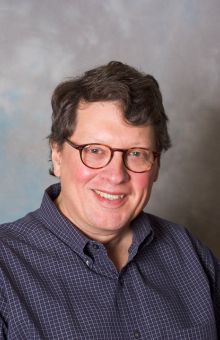
The Monnat lab is using genome engineering/synbio approaches for projects focused on somatic cell gene editing in the kidney and kidney organoids as part of the NIH Somatic Cell Gene Editing Consortium, on clonal competition and selection in human tissue, and on the use of gene drives in Anopheles mosquitos to prevent the transmission of malaria as part of Target Malaria. Our broader interest is in using synthetic biology as an agent of orthogonality to interrogate and link biology, disease diagnosis, therapy and prevention.
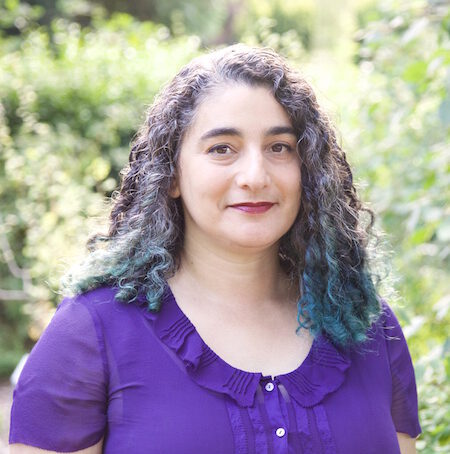
The Nemhauser lab engineers synthetic circuits to investigate how the architecture and dynamics of hormone signaling networks allow for the effective processing and integration of information. This knowledge informs our understanding of native systems, and guides engineering of hormone networks to improve our collective (human and non-human) welfare.
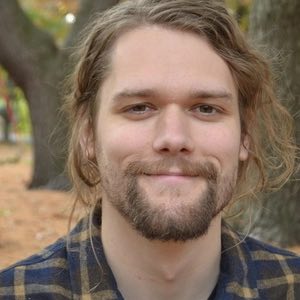
The Nivala group in the Molecular Information Systems Lab is focused on molecular technology development for a wide array of applications, from genomics and proteomics to molecular computing and digital data storage using DNA. Current areas of interest include nanopore sensing, single-molecule protein sequencing, CRISPR-Cas molecular recording systems, wet-lab automation, machine learning for biological systems design, and cyber-bio security.
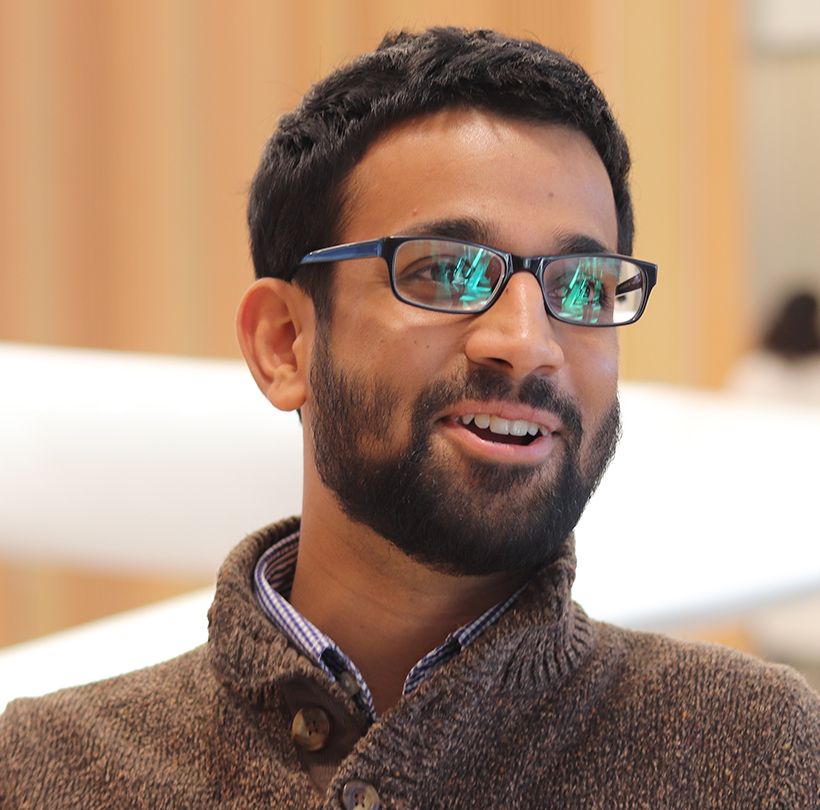
The Pinglay Lab develops tools for the re-writing of complex genomes using synthesis of large DNA molecules and their targeted integration into cells. We are applying these tools to: 1) understand how genes are turned on and off; and 2) endow cells with sophisticated behaviors not found in nature.
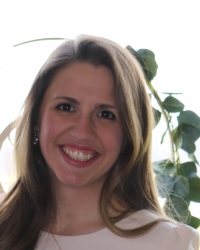
The Rajakovich Lab is interested in the diverse metabolism of microorganisms. The goal of our research is to uncover the biochemical and molecular basis for host-microbe interactions, microbial community dynamics, and microbial environmental adaptation. We use protein biochemistry, microbiology, and bioinformatics to discover, characterize, and engineer microbial pathways and enzymes for applications in biocatalysis, bioremediation, and biomedical applications.
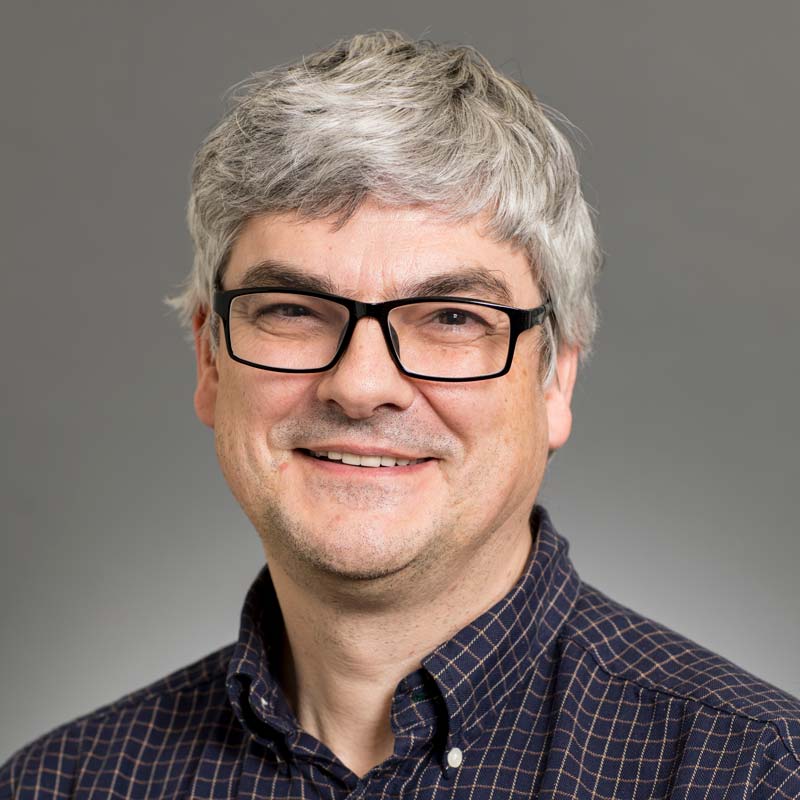
The Sauro Predictive Modeling lab is interested in how cells work at the systems levels, especially metabolic and protein signaling pathways. The lab’s objectives are to develop techniques to create reliable quantitative mechanistic models of cellular pathways can could be useful in the clinic and to develop computational tools and standards in qualitative systems biology.
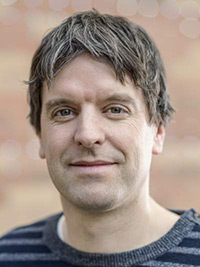
The Seelig lab is interested in understanding how biological organisms process information using complex biochemical networks and how such networks can be engineered to program cellular behavior. The focus of our research is the identification of systematic design rules for the de novo construction of biological control circuits with DNA and RNA components.
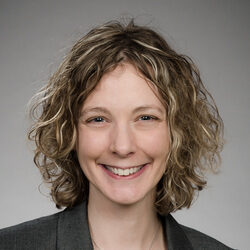
The Stevens lab is developing tools to understand and control how nature builds tissues. We seek to build artificial human tissues, and to remotely control these tissues after they have been implanted in a patient. We are working to translate our findings into new therapies for patients with heart and liver disease.

The Zalatan lab seeks to understand and engineer biochemical networks in cell signaling and gene regulation. One major focus area is bacterial metabolic engineering, where we have developed new CRISPR-Cas tools to regulate gene expression and redirect metabolic flux towards useful biosynthetic products.